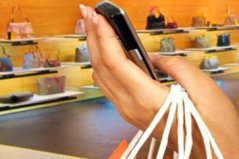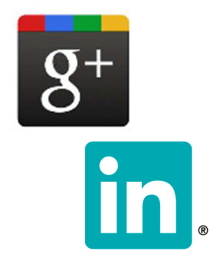As far as social media goes, Twitter is often thought of as the 140 character domain of the younger demographic. The latest research shows that Twitter isn’t just poised for tremendous growth – its demographic base is starting to mature.
 ● Currently, there are an estimated 48.2 million Twitter users. In the past two years Twitter use has grown by 33%
● Currently, there are an estimated 48.2 million Twitter users. In the past two years Twitter use has grown by 33%
● 27% of social networkers and 15% of the total population are on Twitter
● 18-24 year olds are the dominant Twitter demographic currently
● By 2018, Twitter is estimated to grow to nearly 65 million users encompassing one-third of social networkers and 20% of the total population
● In the next 4 years Twitter growth among 35-44 years is expected to grow by 27%. Growth is also expected among 44-55 year olds (29%), 55-64 year olds (27%) and adults 65+ (31%)
The growth in Twitter doesn’t just give your social media campaigns a larger audience to tag into, the increase in these important demos puts your message in front of groups that are traditionally better consumers and have more disposable incomes.
While social media is rapidly becoming a mobile first activity – Twitter was designed and deployed to be a mobile activity. This gives you the opportunity to reach consumers while they
are on the go and making purchase decisions. It also allows your customers to share your offers and their shopping experiences. For more information on how to infuse more engagement into your marketing strategy, please contact:
Al Fiala
amfiala@gmail
Source: eMarketer









